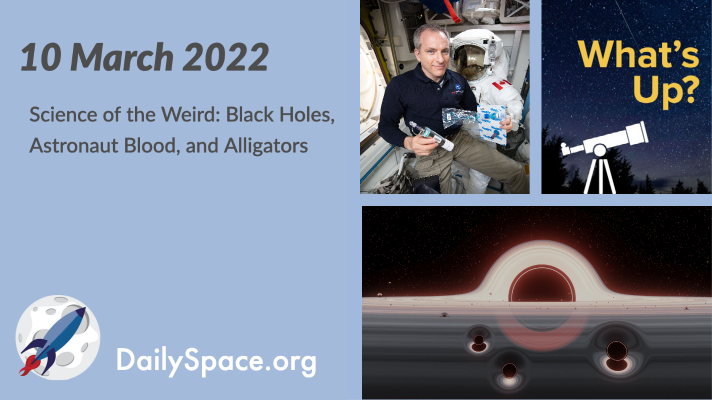
Mar 11, 2022 | Active Galaxies, Crewed Space, Daily Space, Earth, Sky Watching, Stars, Supermassive Black Holes, The Sun
Today’s science stories run the gamut of the strange and the weird, with several black holes, the effects of space on astronaut blood cells, and how alligator mating dances added to solar science. Plus, this week’s What’s Up helps you choose binoculars for sky gazing.
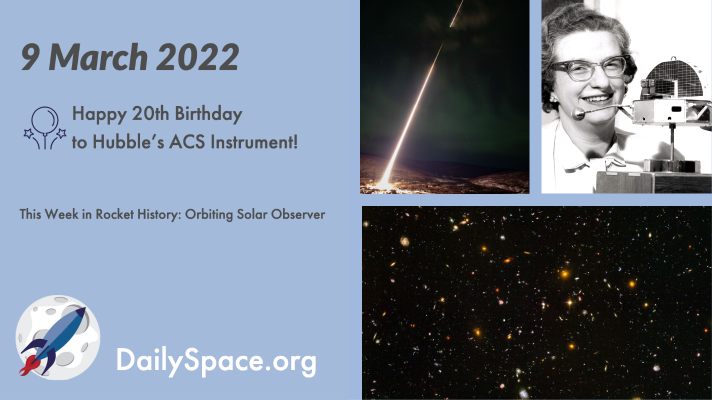
Mar 10, 2022 | Daily Space, Earth, Random Space Fact, Rockets, Space China, Space History, Spacecraft, SpaceX, Starlink, Stars, The Sun
The Advanced Camera for Surveys instrument onboard the Hubble Space Telescope is celebrating twenty years of service this week. Plus, a new look at an old lunar rock, gas rings around an aging star, all the rockets from around the world, and this week in rocket history, we look back at the 1962 Orbiting Solar Observatory, led by Nancy Grace Roman.
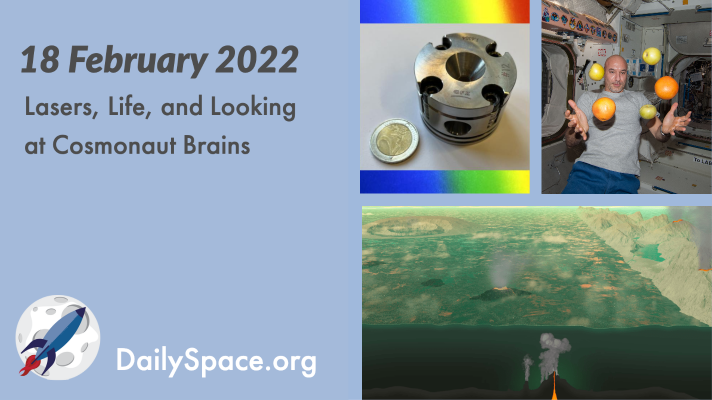
Feb 21, 2022 | Astrobiology, Crewed Space, Daily Space, Earth, ESA, Exoplanets, Mars, ROSCOSMOS, Spacecraft, The Sun
Do you want lasers? I want lasers! And today’s show features lots of lasers. We also have more questions than answers about Mars’ methane, misbehaving stars, and new research on how we would look for the early signs of life on other worlds. Plus, a study on how spaceflight impacts the human brain.
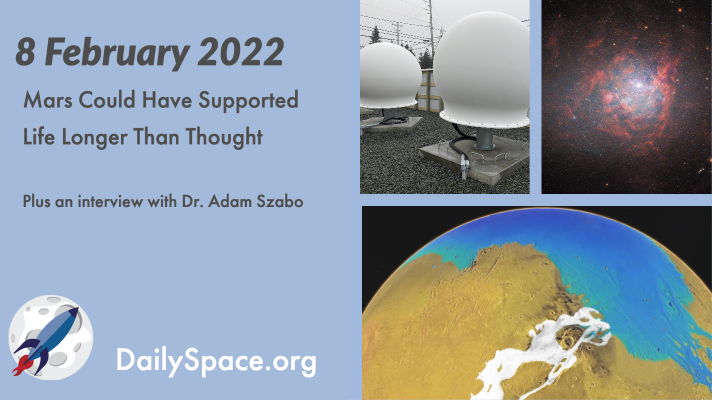
Feb 9, 2022 | Daily Space, Galaxies, Guest Interview, Mars, Rockets, ROSCOSMOS, Saturn, Soyuz, Spacecraft, SpaceX, Starlink, The Sun
A NASA-funded simulation of early Mars revealed that the climate three billion years ago on the red planet was very similar to Earth now, with a stable ocean in the northern hemisphere. This new timeline would have given life another 500 million years to develop. Plus, a dwarf galaxy, Saturn’s aurorae, a Soyuz launch, and an interview with Dr. Adam Szabo, mission scientist for the Parker Solar Probe.
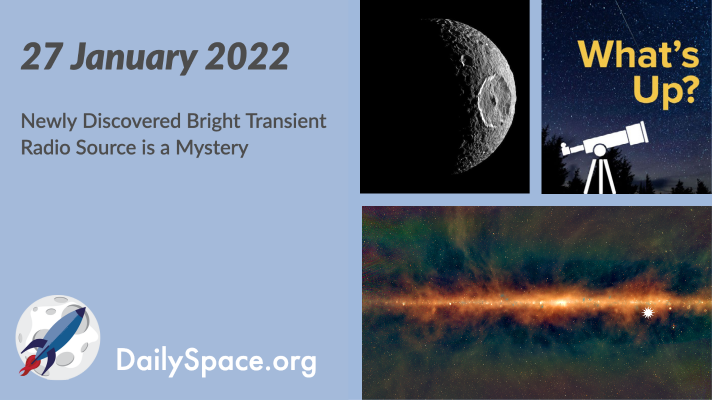
Jan 28, 2022 | Daily Space, Earth, Mars, Neutron Stars / Pulsars, Observatories, Our Solar System, Saturn, Science, Sky Watching, The Sun
Scientists using the Murchison Widefield Array in Australia recently discovered an extremely bright source of radio waves, releasing bursts of energy three times an hour. That timing makes the object behave unlike anything else seen to date, leaving the research team with a new mystery to unravel. Plus, everything else is about water today, all over the solar system, and we present this week’s What’s Up segment.
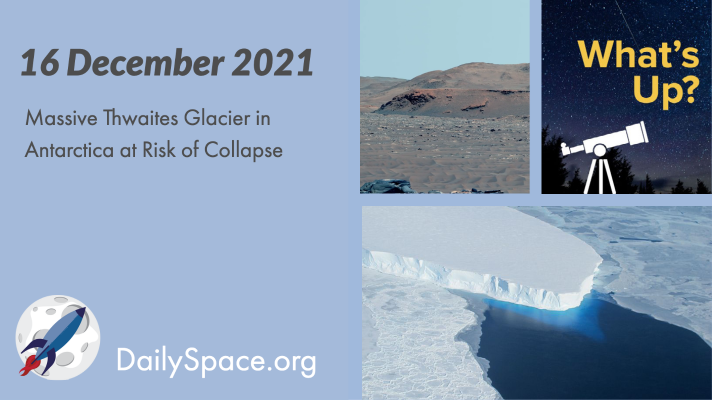
Dec 17, 2021 | AGU, Climate Change, Curiosity, Daily Space, Earth, Mars, Our Solar System, Perseverance, Rovers, Sky Watching, Star Forming Region, The Sun, Venus
A team of scientists collected cores and modeled ice cliff failure and found that Thwaites Glacier in Antarctica is melting more quickly than ever and could be at risk of collapse, threatening global coastlines with almost a meter of sea-level rise. Plus, new results from Percy, and this week’s What’s Up.








 We record most shows live, on Twitch. Follow us today to get alerts when we go live.
We record most shows live, on Twitch. Follow us today to get alerts when we go live.